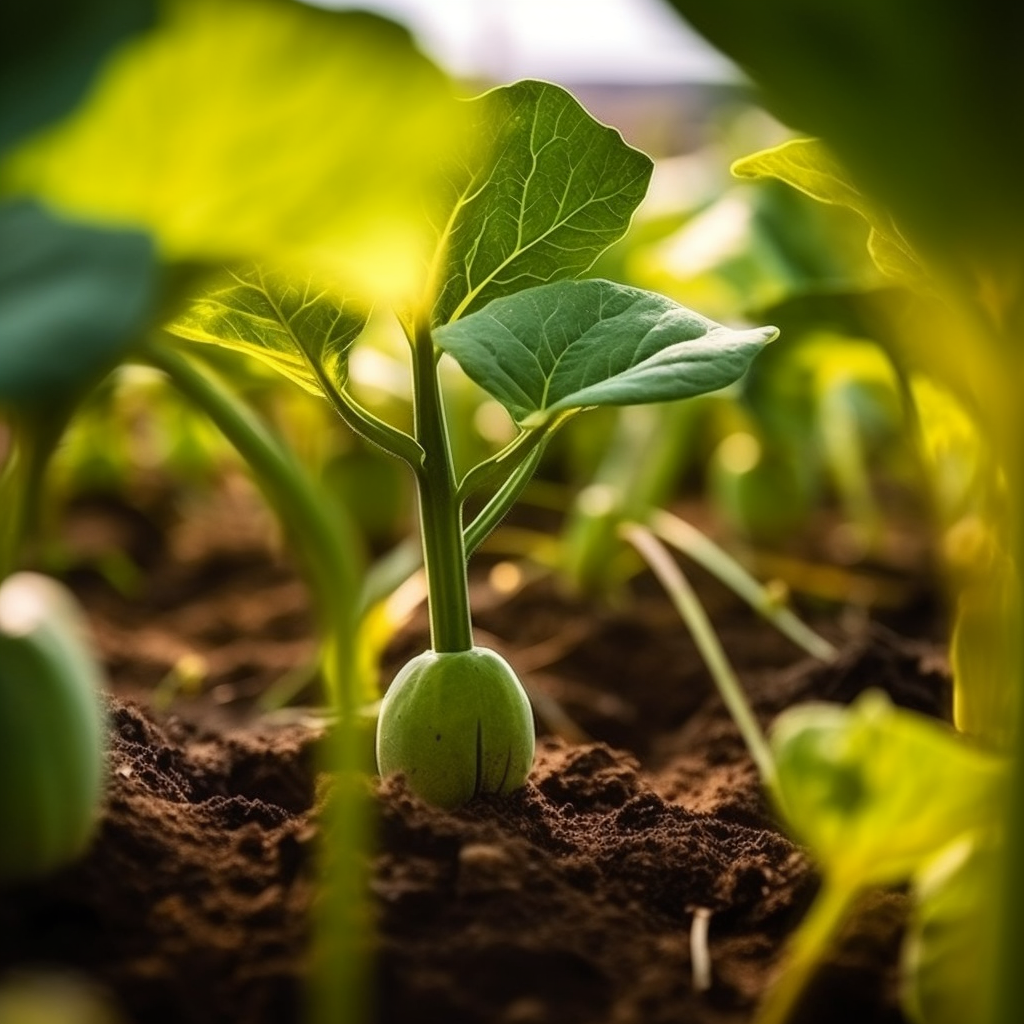Story of Day :
Contents
The Complete Guide and Care Tips for Squash Plants
Are you planning to grow squash this season? Squash is a summer favorite vegetable that is easy to grow and versatile in the kitchen. In this comprehensive guide, we will cover everything you need to know about growing and caring for your squash plants.
Types of Squash Plants
There are two main types of squash plants: summer squash and winter squash. Summer squashes have thin skins that are edible, while winter squashes have tough skins that must be peeled before eating.
- Summer Squash – includes varieties like zucchini, yellow crookneck, pattypan, and straightneck.
- Winter Squash – includes varieties like acorn, butternut, spaghetti, hubbard, delicata.

Growing Requirements
Squash plants require some specific conditions to thrive. Here are the essential requirements:
- Sunlight: Choose a location with full sun exposure (at least six hours of direct sunlight daily).
- Soil: The soil should be well-draining (sandy loam soil is ideal). You can also add compost or organic matter before planting for better results.
- Temperature:Squash loves warm weather. Soil temperature should be at least 60°F before planting.

Planting Instructions
Here’s how you can plant your squash seeds:
- Sowing Seeds Directly: You can plant seeds directly into the garden bed after all risks of frost have passed in spring or early summer when temperatures are consistently above freezing. Sow one-inch deep into damp soil approximately four feet apart.
- Starting Seedlings Indoors: You can also start your squash seeds indoors 2-4 weeks before the last frost date, using biodegradable pots. Transplant outside when the seedling has two sets of true leaves.

Caring for Your Squash Plants
Squash plants are relatively low-maintenance and resilient. Here are some tips to help your squash thrive:
- Water:Squash needs consistent moisture, so make sure to water it regularly (1-2 inches per week). Avoid watering the leaves to minimize foliage diseases like powdery mildew.
- Fertilizer:Add compost or a balanced fertilizer once a month throughout the growing season.
- Pests and Diseases:Squash bugs, aphids, vine borers, and powdery mildew can be problematic for squash plants. Monitor your plants regularly and take appropriate measures as needed (neem oil is an effective organic solution).

Harvesting Squash Plants
Harvesting your squash at just the right time is crucial for optimal ripeness.
- Summer Squashes:Pick summer squashes when they reach 6-8 inches in length; this helps them maintain their tender texture.
- Winter Squashes: Wait until winter squashes develop a deep color and have tough skins before harvesting them (at least three months after planting).
In Conclusion
Growing squash can be an enjoyable experience with proper care. Choose the type of summer or winter squash that best suits you and follow these guidelines, from planting all through to harvest time. With enough warmth, water, and sunlight, you will be rewarded with a good harvest in no time!
